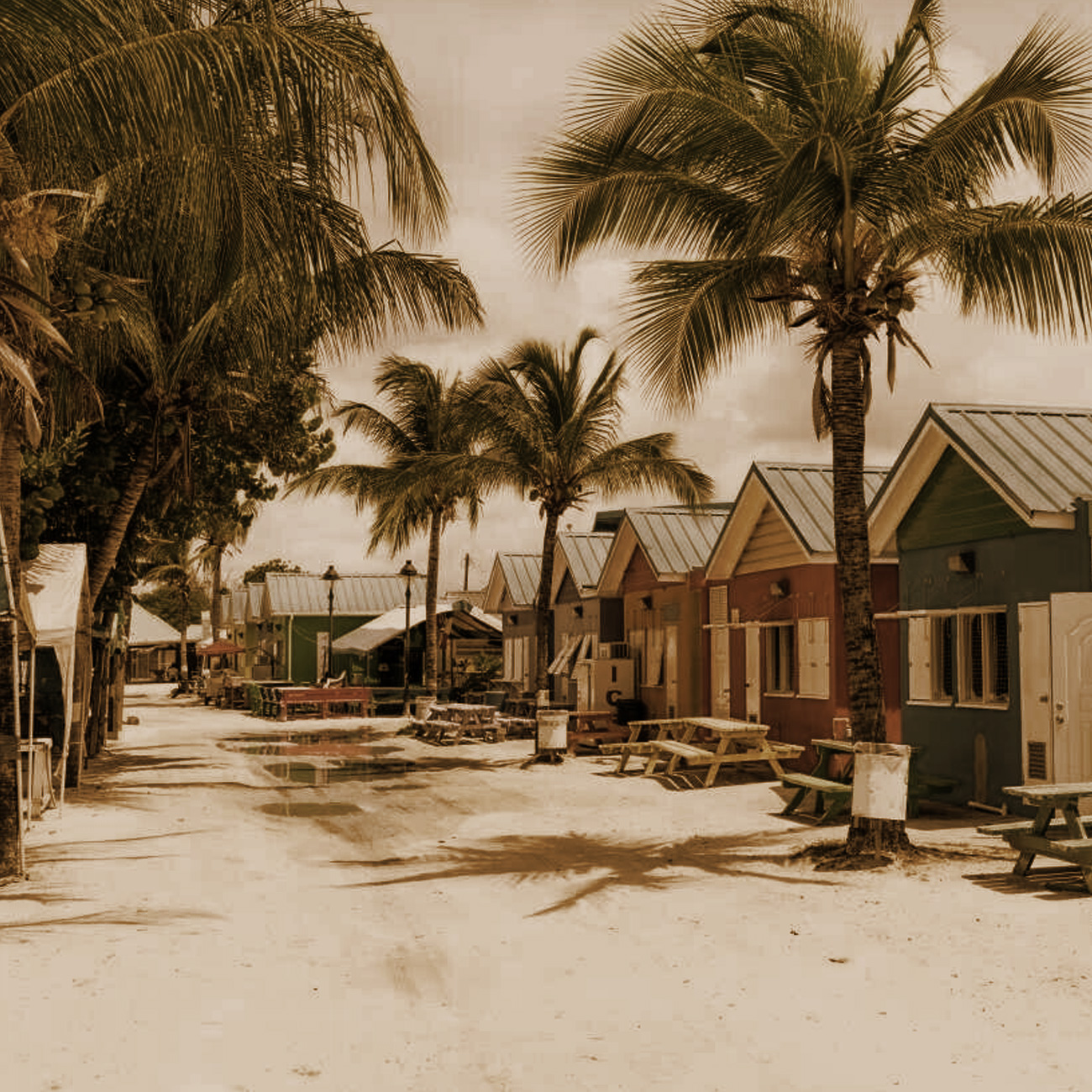There was a time when whisky was called ‘the new cognac’. Today, when the alcohol from Scotland and Ireland has already gained recognition, the eyes of tasters and collectors from all over the world are increasingly turning towards the opposite side of the globe, the Caribbean, Central and South America. It is where for hundreds of years that complex and aromatic liquor, which in recent years is conquering the market of brown spirits, has been created and refined. Today this rum has earned the title of ‘new whisky’, and the story about it being among other most exquisite alcohols in the world has just begun.
History written by the sea
Whilst cognac had long been considered to be the ‘king of spirits’ and whisky was slowly gaining its status, rum was still associated with palm-tree straws and cocktails leisurely sipped on the beach. The aftermath of its history is inherent with the ocean, pirates, smugglers and sailors, among whom for hundreds of years it was considered number one tipple. And though over the years many famous figures such as Ernest Hemingway or British Admiral Nelson highly valued its taste sensations, it is only today that this alcohol begins to be perceived as a breath of fresh air and brand new taste sensations in the brown spirits industry.
Created in the southern sun
Although the first sugar-cane fermented beverages originated in India and China in the 14th century, and the Arabs had brought it to Europe earlier, in fact, rum began to be famous during the time of Christopher Columbus’ expeditions. Spaniards brought sugar cane seedlings to the new World, which found their ideal climate and great conditions for growth in the Caribbean. When in the 16th century growers discovered that alcohol could be made with molasses (a by-product of sugar refining), the production of rum began for good. The first such liquor in the Caribbean was made on the island of Barbados in 1651.
As a result of high temperatures in the Caribbean, every rum barrel loses from 7% to 8% of its contents each year. The ‘Angels’ Eyes’ measuring scoop is therefore much larger here than in the case of cognac and whisky.
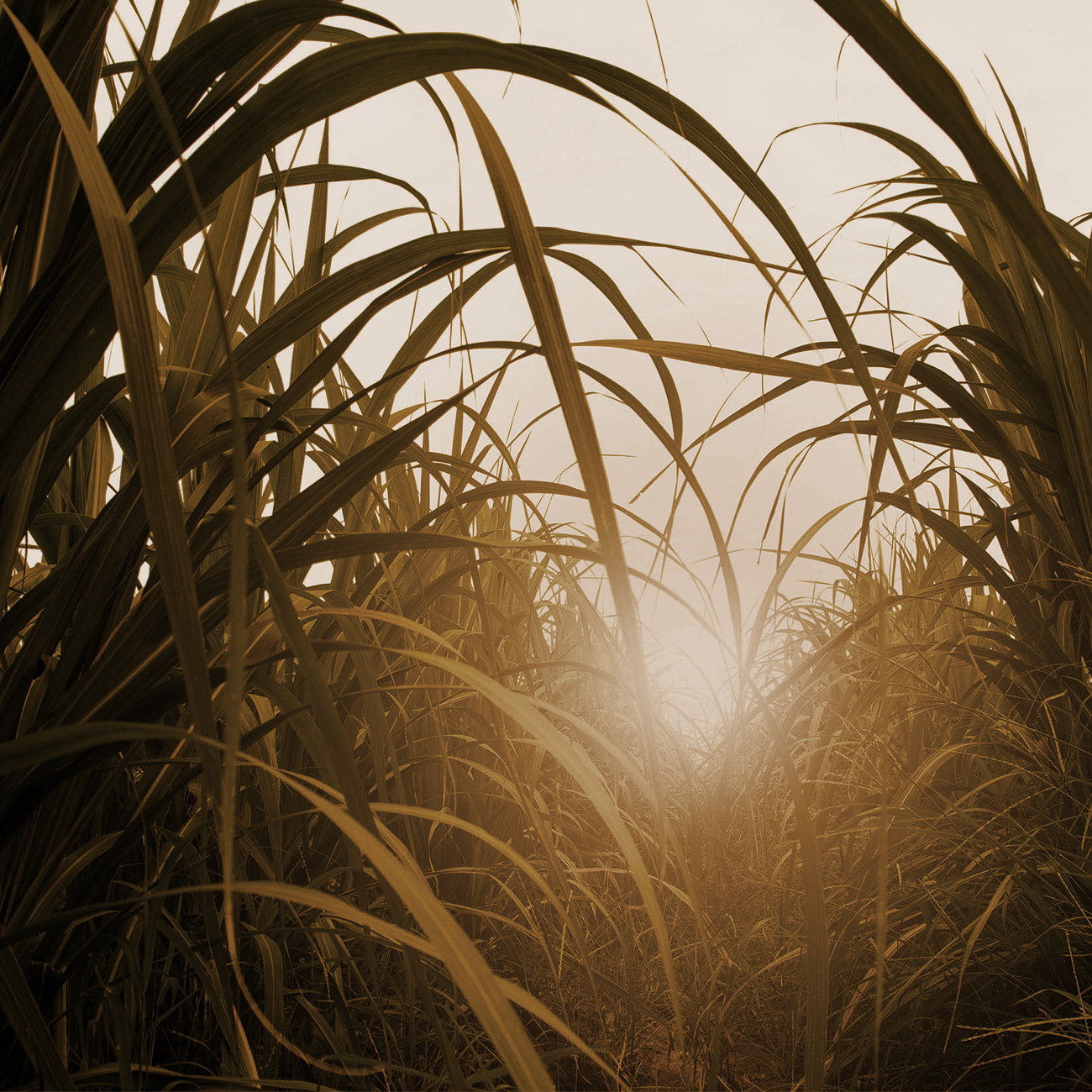
Rum has various names
The mere origin of this alcohol’s name is not entirely clear. According to the most commonly mentioned theories, its name comes from the last syllable of the Latin word saccharum (sugar)-; from the Dutch word roemer-a mug (glass) that Dutch sailors preferred to drink from, or the word rumbullion, which in Creole means a characteristic soup made from sugarcane stems. The only certain thing is that since 1660 the word rum has echoed in the whole Caribbean Basin.
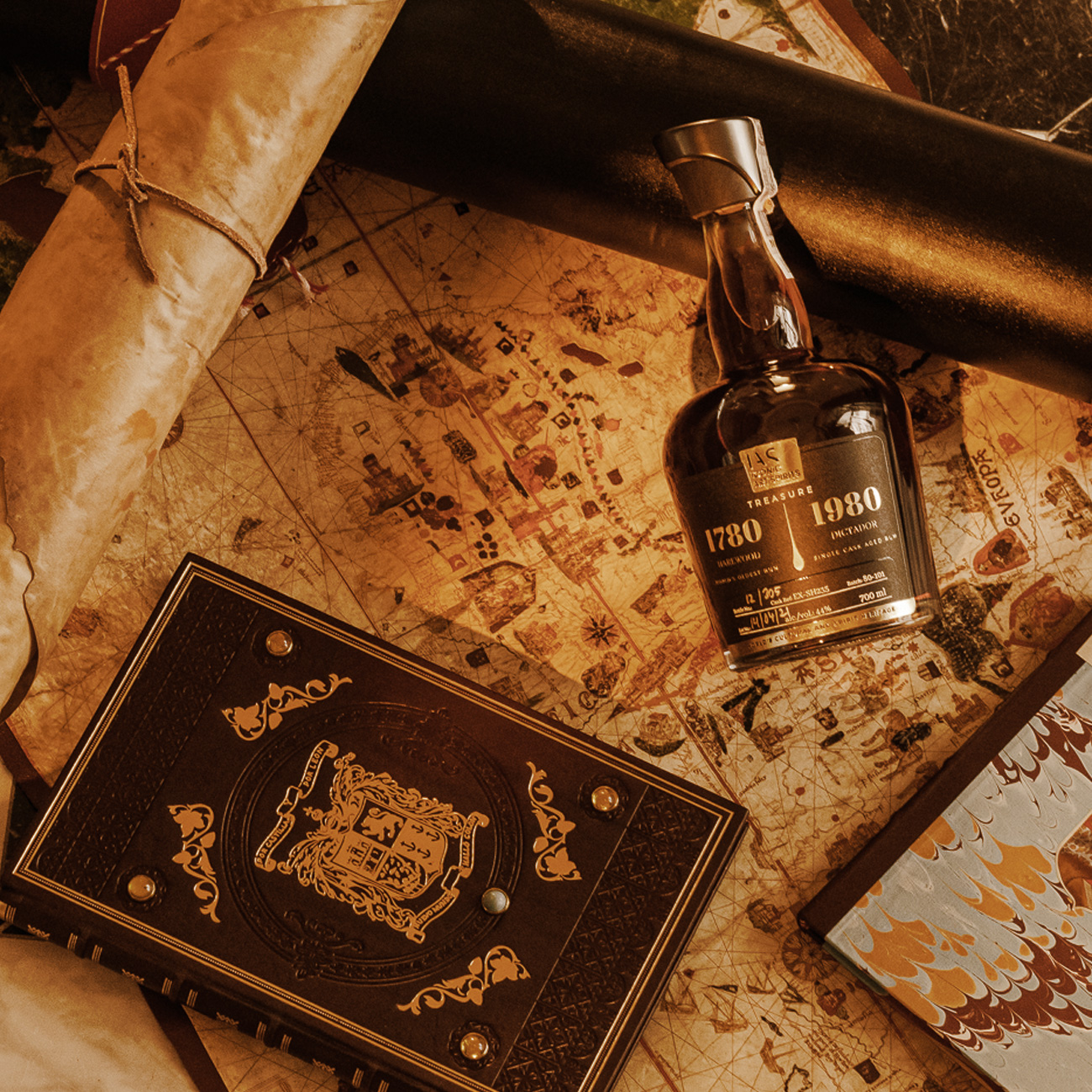
Business is booming
The popularity of rum in this area of the world, as well as Europe's high demand for sugar set sugar cane and alcohol production in motion, full steam ahead. A specific trade triangle was created between Africa (from where slaves were delivered to work on plantations), the Caribbean (where cane was grown and sugar was produced) and America (which began rum distillation on a large scale). The first distilleries in the British colonies in North America were formed in 1664 on Staten Island and three years later in Boston. Rum has become so popular that in 1655 daily beer rations on the Royal Navy ships were replaced by rum (so-called ‘tot’) in the volume of one pint (later the grog/toddy, i.e. rum mixed with hot water at the ratio of 1:3). That tradition had been cultivated in the Navy until 1970. When in 1764 the United Kingdom introduced the so-called Sugar Act, which was supposed to put an end to smuggling molasses from Jamaica, the adverse emotions in the colonies were rising, and the law became one of the causes of the outbreak of the American Revolution. After America regained its independence, rum became a major bargaining card in politics ( e.g. the habit of fraternizing with the voters and common consumption of rum.) The candidate who gave more rum to their voters usually won the elections.
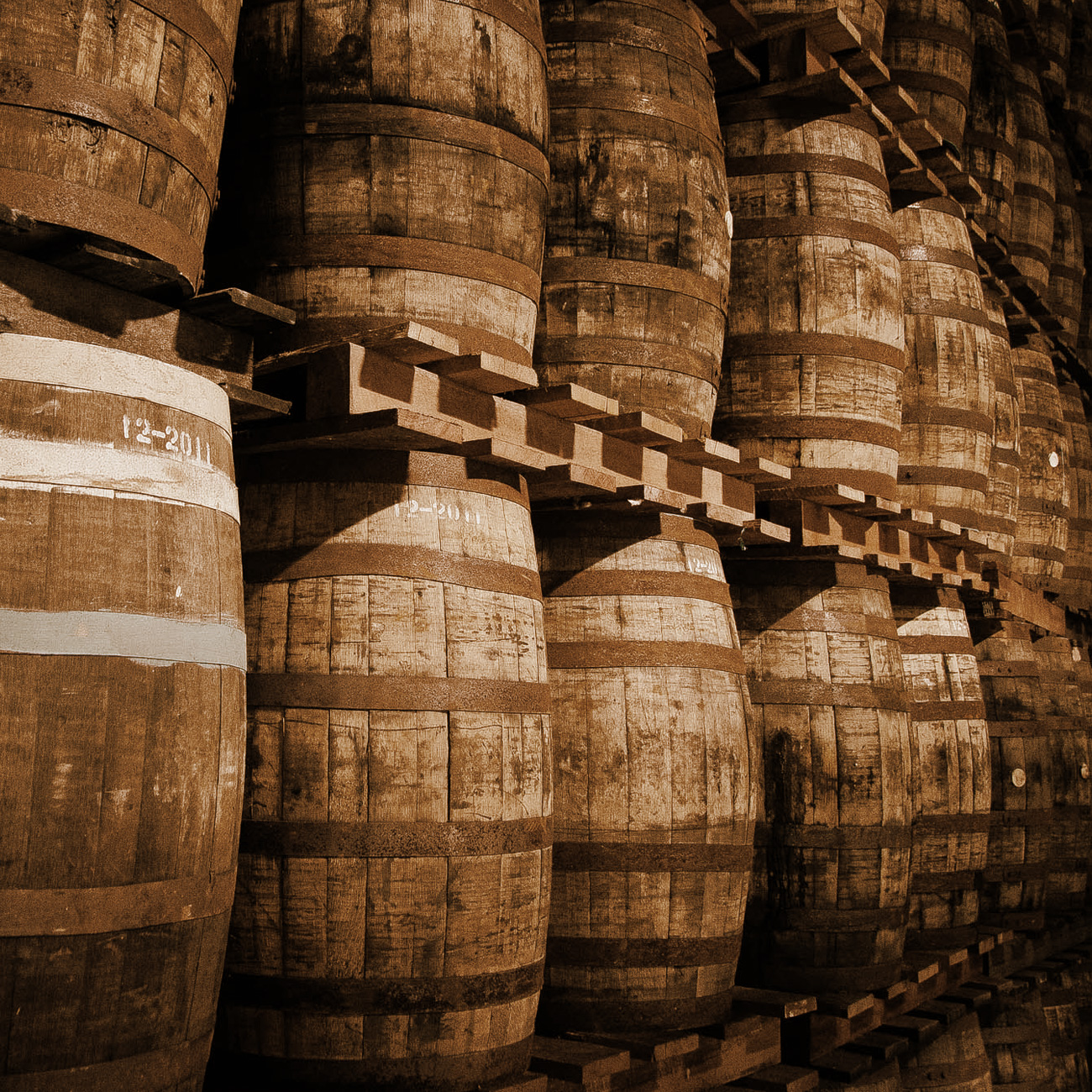
Liquor that matures in style
Initially rum was drunk shortly after being distilled, in white, transparent form. Only because it was shipped in oak barrels, it turned out that the longer it was maturing in the wood, the more dignified and balanced it became, and its flavor and aroma acquired additional, spicy notes. Today a mature rum is supposed to be stored for 3 years in wooden barrels-usually where the American bourbon (or whisky or cognac more often these days) was previously kept. Of course, those most exquisite and noble varieties of rum reach full maturity after 10, 20, 30 and more years. The complexity and originality of this liquor depends on the craftsmanship of a distillery master- Maestro Ronero.
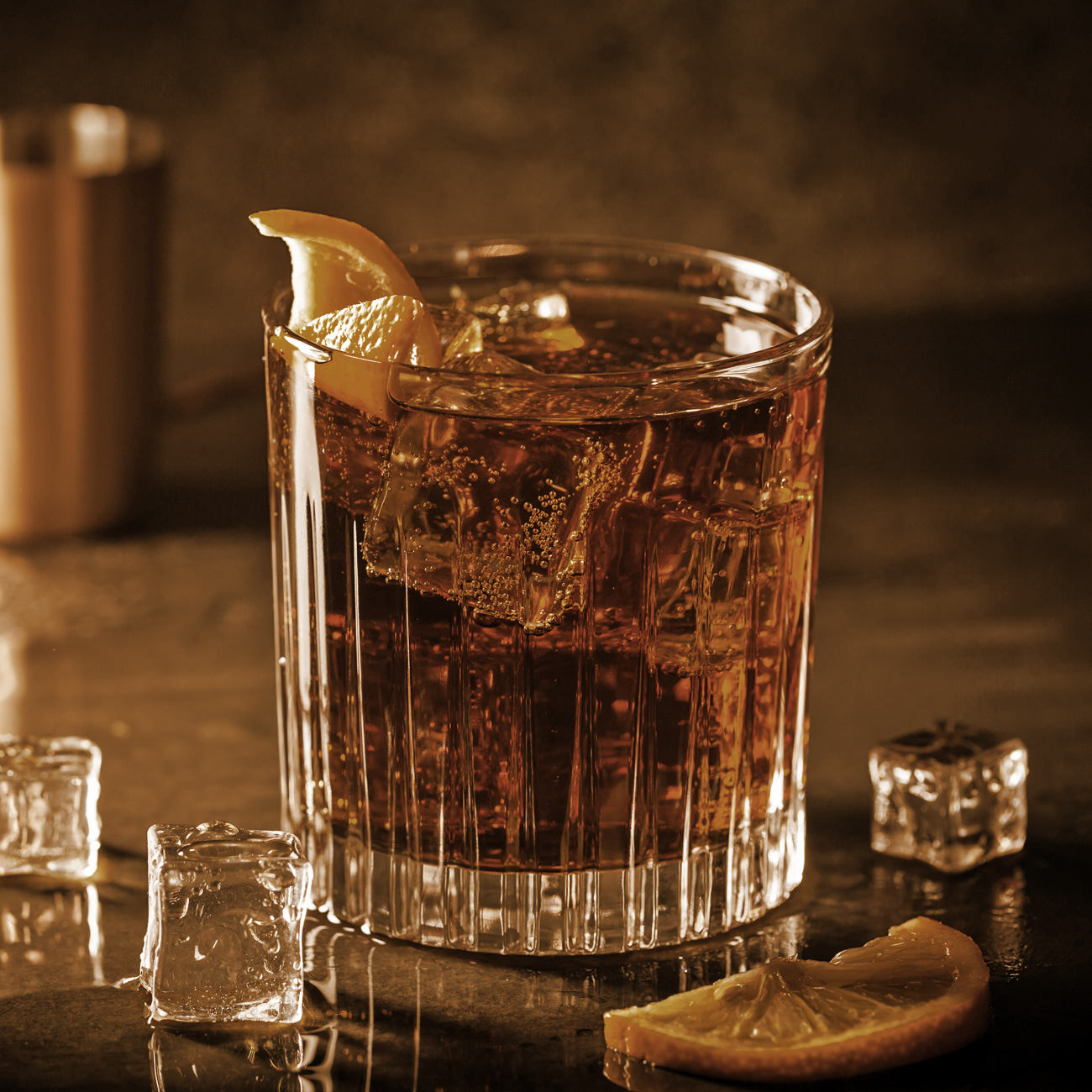
No two rums are equal
Unlike French cognac or Scotch whisky, rum does not have a definite, strictly observed method of production, it has a very broad spectrum of flavors and varieties, and the consumer is often surprised with the notes characteristic only for one specific brand. It is complexity that makes rum perceived as alcohol, which offers collectors and connoisseurs the most unfamiliar taste sensation. Today, its best varieties are consumed neat, slowly sipped and savoured to indulge in the pleasure that no other brown spirit can offer.
Depending on the method used, fresh rum contains between 65% and 90% of pure alcohol.
Rum
Alcoholic beverage produced from fermented sugar-cane juice, its concentrate or molasses, and water and yeast with an alcohol volume between 37.5, 0% and 81, 0%. For distillation of the liquor rectifi-columns or alembics are used. Rum is usually subjected to maturing in wooden barrels for at least one year. Due to the tropical climate of the countries in which it is produced, it matures faster than whisky or cognac. The lack of one global standard, huge differences in the production process and maturing are the main reasons why there is no single universal definition of this type of alcohol. Taking into account the country of origin, we can talk about the following varieties of rum.
- SPANISH STYLE (Cuba, Nicaragua, Puerto Rico, Panama, Venezuela, Colombia)-smooth and light rums obtained from the distillation of molasses, mainly in column apparatus for continuous distillation.
- FRENCH STYLE (Guadeloupe, Haiti, Mauritius)-a lighter, more fruity-green rum, so-called. agricultural rum (rhum agricole) produced from fermented sugar cane juice.
- ENGLISH STYLE (Jamaica, Guyana, Bermuda, Barbados, Trinidad and Tobago)-a characteristic, heavier, full-flavoured rum made from distilled molasses in traditional alembics, with reference to methods of production of Scotch whisky.
Traditionally, you can also divide rums into:
- LIGHT non-matured or matured for a maximum of three years, referred to as silver or white. Due to its neutral flavor it is normally used for alcoholic shots.
- GOLD Rum of amber or golden color, usually maturing from a few to over 10 years, almost always with the addition of a dye in the form of caramel.
- DARK Much more intense in flavor than golden and bright rum, with herbal and caramel notes. Its dark colour is owed not so much to aging as to the increased amount of caramel.
- AROMATIZED (flavored) One of the above rums with the addition of spices and fruit scents. Usually with alcohol content of less than 40%.
- OVERPROOF Strong rum with an alcohol content from 60 to 80%.
- AGED (premium aged rum) The noblest variety of rum, stored in oak barrels for a dozen or even dozens of years, usually where bourbon (or other spirits) were previously kept, but it can also be other alcohols. It has a dark hue and a distinct, complex flavor.

